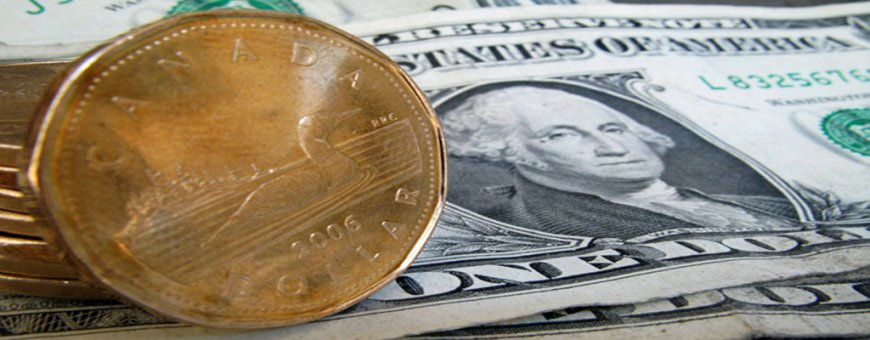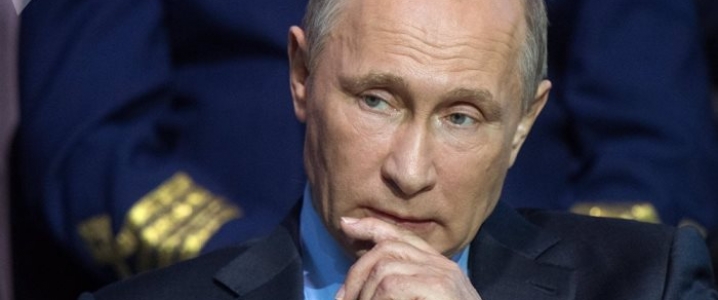USD / CAD - Canadian dollar grinding higher

- Global equity indexes in free fall
- China retaliates with a 50% tariff hike to 84% for US imports.
- US dollar falling as investors “sell America.”
USDCAD: open 1.4206, overnight range 1.4194-1.4274 close 1.4264, WTI 56.91 Gold 3044.99
The Canadian dollar is steady and trading with a modest bid as news of China’s tariff retaliation exacerbates a flight from US assets. The Loonie is getting some benefit as Canada dodged the worst of Trump’s tariff barrage.
China announced at 7:00 am EDT that it will impose an additional 50% tariff on all U.S. imports, starting Wednesday. The cumulative tariff level will now rise to 84%. The Ministry of Commerce stated that China will "firmly defend its interests, multilateral trade system, and international economic order."
WTI oil traders are unhappy with the spike is risk aversion and increased odds of a global recession and drove WTI to 55.38 overnight from 58.39. Opec’s plan to boost production substantially beginning May 1 is exacerbating the sell-off.
The FOMC minutes from the March 19 meeting are due but Trump’s tariff bombshells have relegated the data to the trash.
U.S. equity markets erased earlier gains and finished sharply lower after Trump pushed U.S. tariffs on Chinese imports to 104%. The risk-off tone rippled across Asia, where Japan's Topix dropped 3.40% and Australia's ASX 200 declined 1.80%. Chinese markets appeared indifferent, with the Hang Seng index advancing 0.68%.
European equities are in retreat as well. The UK’s FTSE 100 has fallen 2.47%, while Germany’s DAX is flat. U.S. equity futures are pointing lower, with S&P 500 contracts down 0.75%. The U.S. 10-year Treasury yield surged to 4.51% before settling at 4.45% in NY.
EURUSD is firm in a 1.0951–1.1090 range. The euro is benefiting from broad U.S. dollar selling, as global investors shift away from U.S. assets amid concerns over escalating trade protectionism. As the world’s second-most liquid currency, the euro looks increasingly attractive, especially with European Union governance perceived as more stable and multilateral. EU officials have indicated a second round of retaliatory measures against the U.S. could be announced next week.
GBPUSD traded in a 1.2762-1.2864 band. Sterling caught a bid as part of the “Sell America” trade, fueled by fears that Trump’s aggressive tariff policies will drag the U.S. economy into recession. The Bank of England added to the anxiety, warning in its latest minutes that Trump’s trade measures are a “material risk to global growth,” contributing to a deteriorating inflation outlook and increased global uncertainty.
USDJPY traded negatively in a 144.58–146.39 band and is at the bottom of that range following news of China’s tariff retaliation. USDJPY is under pressure as investors look for safe-haven, other than the US. Tokyo has yet to respond meaningfully to Trump’s tariff salvo, hoping a softer approach might leave room for negotiation. However, Japanese officials signaled they are monitoring currency markets “with a high sense of urgency.”
AUDUSD traded in a 0.5915–0.6029 range, opening at 0.6012 in New York. The Aussie dropped to levels not seen since the height of the COVID crisis after Trump escalated the U.S.–China trade conflict. Some intraday relief was seen as traders booked profits.









































